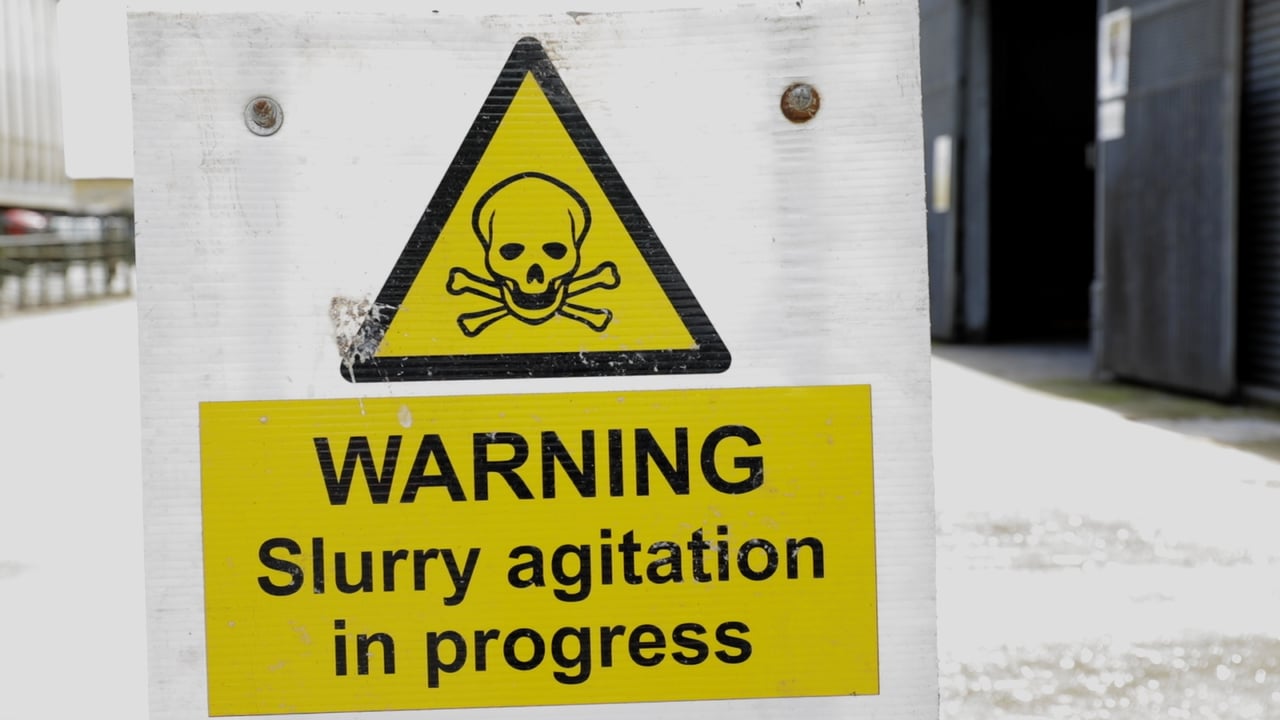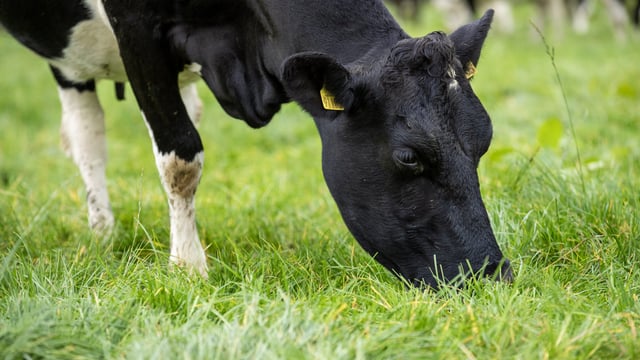FCI issues warning on slurry agitation and management
The Association of Farm and Forestry Contractors in Ireland (FCI), has issued a warning for contractors and their farmer clients on the dangers associated with slurry agitation and management.
As the 2025 spreading season begins, Ann Gleeson Hanrahan, FCI managing director, said that slurry management is a high-risk activity due to the release of toxic gases.
“These gases can reach harmful or even fatal levels quickly, especially in enclosed or poorly ventilated areas. It is colourless, heavier than air, and lethal in seconds at high concentrations.
"Even small amounts can cause dizziness or unconsciousness," she warned.
The FCI managing director said they have received reports from members "who are having difficulty in persuading their farmer clients to remove their animals from shed before agitation".
"Farmers have a duty of care to ensure that all animals are removed from sheds where there is clearly a high risk of escape of lethal slurry gas.
“The temptation to re-enter a shed in the event of animals being overcome by slurry gas has too often been such that farmers and contractors and their teams have put their own personal health at huge risk.
"The clear instruction must be that all animals must be removed from sheds before agitation begins,” Gleeson Hanrahan added.
The FCI has provided a seven-point guide to ensure safety during slurry agitation, as follows:
- Weather conditions: Check the forecast and ensure good ventilation and air movement. Avoid agitation during calm, still days or under low air circulation conditions. A windy day is ideal;
- Livestock safety: Remove livestock before agitation. You must evacuate all animals from the slatted shed or any building sharing airspace with the tank. Open doors and vents to maximize ventilation in and around the agitation site;
- Human Safety: No personnel should be in affected areas. Ensure no-one is in the shed, adjacent buildings, or areas sharing airspace with the tank during agitation and for at least 30 minutes after completion;
- Monitor adjacent areas: Be cautious about gas accumulation in nearby poorly ventilated structures, such as milking parlours or storage sheds;
- Agitation points: Be aware of sheltered areas (for example, between buildings, near hedges or banks), where gas dispersion may be hindered. Do not assume outdoor areas are always safe. Avoid agitating from indoor points unless absolutely necessary and with enhanced safety measures including maximum ventilation.
- Emergency preparedness: Have a rescue plan and personal protective equipment (PPE) ready, including a gas monitor. Keep a mobile phone or communication device within reach but outside the immediate danger zone;
- Supervision: Always have another person present nearby who can summon help if necessary.





